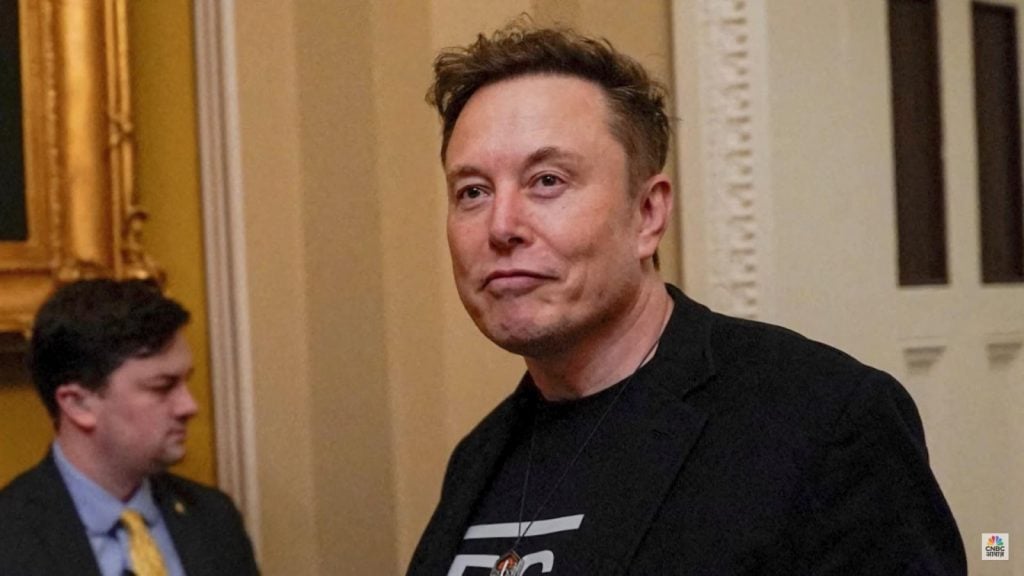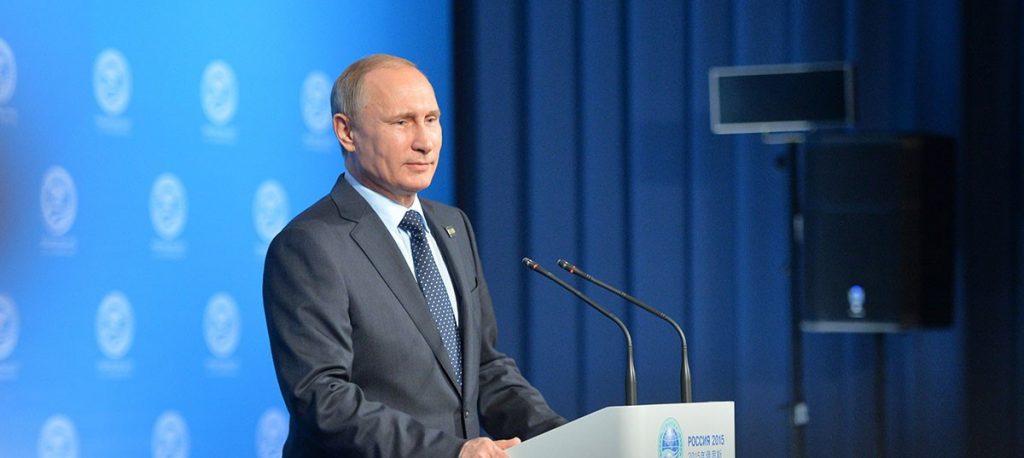Elon Musk Shunned DOGE Responsibility to Avoid Being Blamed for All of the Trump Administration’s Decisions
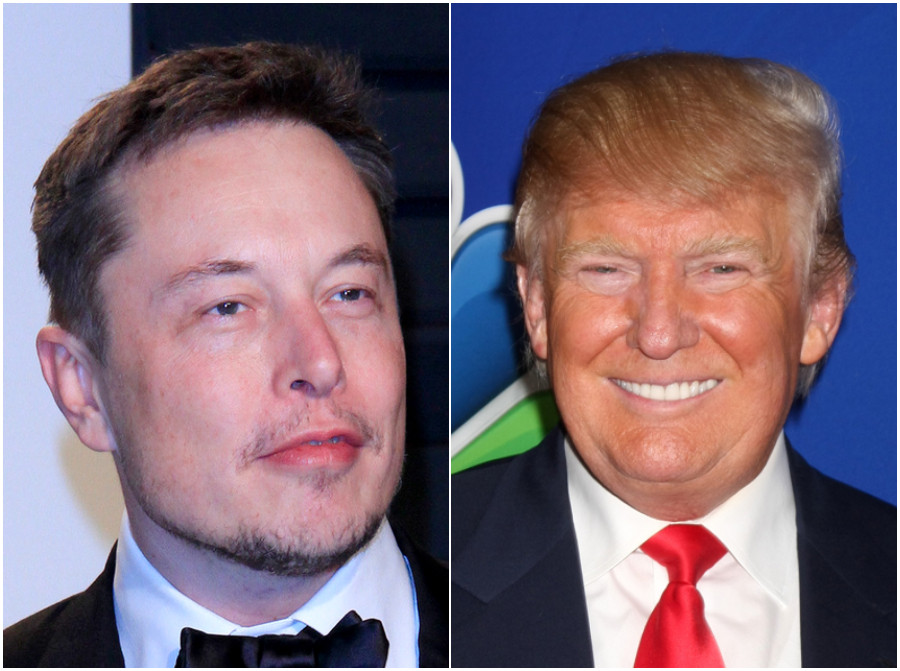
© Kathy Hutchins / Vecteezy
Why did Elon Musk limit his DOGE responsibility while advising on federal spending cuts?
Elon Musk, one of the world’s most influential entrepreneurs, has been making headlines for his role in the Department of Government Efficiency (DOGE). DOGE is a task force aimed at cutting federal spending in the Trump administration.
But why is Musk stepping back from taking full responsibility for the administration’s actions?
Let’s dive into his work with DOGE, his reasons for distancing himself, and what this means for the future of government efficiency.
What Is DOGE, and What Was Musk’s Role?
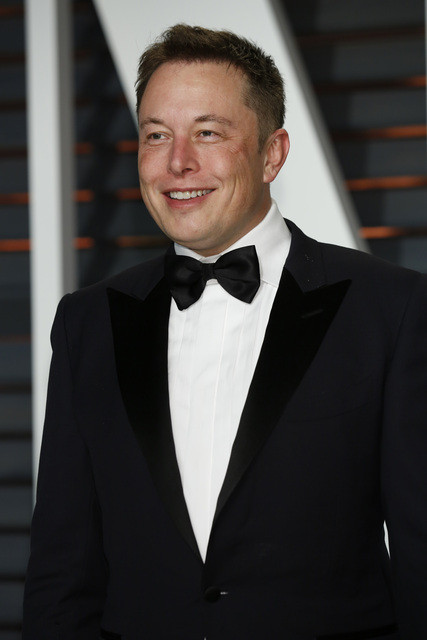
The Department of Government Efficiency, or DOGE, was created by President Donald Trump on his first day back in office in January 2025.
Its goal was to reduce government spending by identifying waste, fraud, and abuse. Musk, appointed as a special government employee, led this effort with a promise to slash up to $2 trillion from the federal budget.
His team accessed sensitive systems, like the Treasury Department’s payment systems, and pushed for significant layoffs and program cuts across agencies like the U.S.
Agency for International Development (USAID) and the Department of Education. However, these actions sparked lawsuits and criticism for lacking transparency and potentially violating laws.
Musk’s role was unique. As a senior advisor to Trump, he wasn’t an official DOGE employee but wielded significant influence, often standing beside the president in meetings and press conferences.
He described DOGE’s work as a “way of life” and compared it to running a startup, emphasizing its fast-paced, disruptive approach.
Yet, legal challenges and public backlash made his tenure controversial, with critics arguing he had too much power for an unelected figure.
Elon Musk’s Reason for Ditching DOGE Responsibility
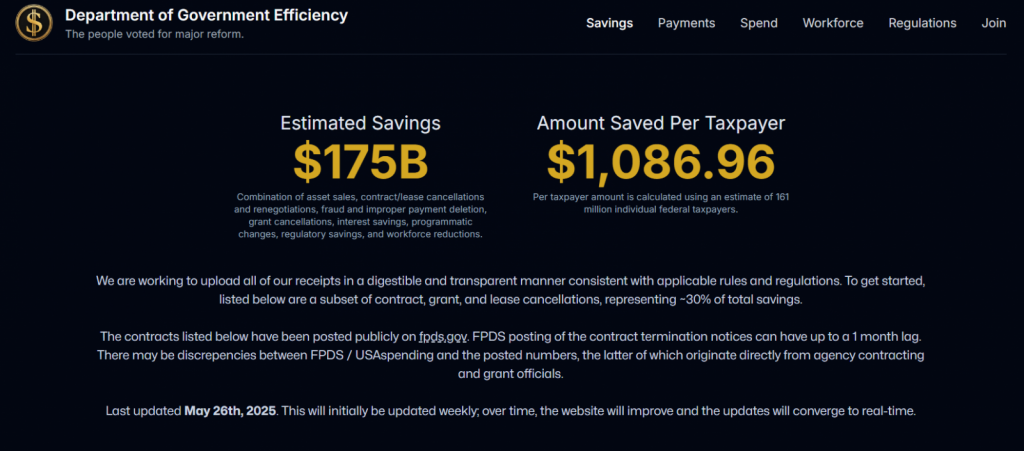
In a CBS News interview, Musk expressed frustration that DOGE was unfairly blamed for every government cut, real or imagined.
He said, “I don’t want to take responsibility for everything the administration’s doing.”
This came after he criticized a massive spending bill in Congress, which he felt undermined DOGE’s cost-cutting mission. Musk argued that the bill increased the budget deficit, clashing with his goal of reducing federal spending.
Musk’s decision to distance himself also stems from his temporary role as a special government employee, limited to 130 days.
By May 2025, he announced he would step back, focusing more on his companies like Tesla and SpaceX while continuing to advise Trump part-time.
He admitted that DOGE’s savings—around $160 billion—fell short of his initial $2 trillion goal, partly due to resistance from Congress and deep-seated interests.
This led him to shift focus, saying his primary duty was to his businesses, not the administration’s broader actions.
What’s Next for DOGE and Musk?
With Musk’s departure, the future of DOGE remains uncertain. Trump has praised Musk’s efforts, claiming they brought “colossal change,” but lawsuits and public objections continue to challenge DOGE’s actions.
Polls show that while cutting government spending is popular, Musk’s methods and lack of transparency are not. Some of Musk’s team remain in government, potentially continuing his vision, but without his direct influence, their impact may weaken.
Musk’s time with DOGE highlights a bigger question: how much power should one person have in reshaping government?
His push for efficiency clashed with concerns about accountability, leaving a mixed legacy. He remains a polarizing figure, celebrated by some as a patriot and criticized by others for overstepping his role.
You might also want to read: Mark Zuckerberg Might Be Forced to Shut Down Instagram
